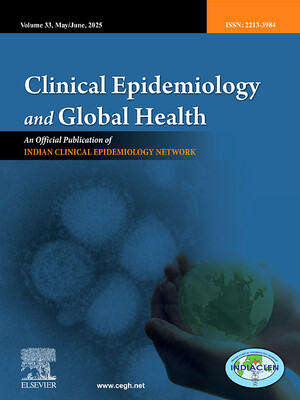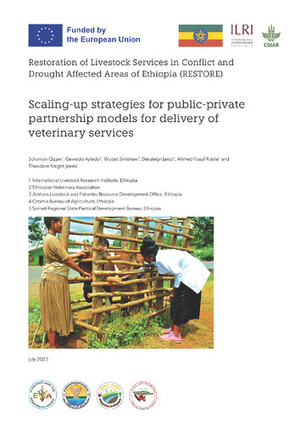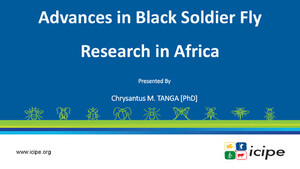
Status of animal health biosecurity measures of dairy farms in urban and peri-urban areas of central Ethiopia
Abstract
Ethiopian dairy farming has many constraints including disease and lack of appropriate biosecurity measures. With this into consideration, a cross-sectional survey was carried out from November 2021 to April 2022 to determine the animal health biosecurity status of dairy farms and investigate the sociodemographic characteristics of livestock keepers on dairy farm management. A face-to-face questionnaire survey using an online application was used to collect data. The interview involved a total of 380 dairy farms located in six towns in central Ethiopia. The results showed that out of the surveyed farms, 97.6% missed footbaths at their gate points, 87.4% lacked isolation areas for either sick or newly introduced cattle, and 83.4% did not check the health status or quarantine newly introduced cattle. Furthermore, written formal record-keepings on animal health was uncommon, except for a few farms (7.9%). However, nearly all of the respondents (97.9%) gave medical treatments for sick cattle, and 57.1% of them vaccinated their herds regularly during the past 12 months before the survey. Hygienic aspects of the farms showed that 77.4% of the dairy farms appeared to clean the barn on a daily basis. However, 53.2% of respondents did not utilize personal protective equipment while cleaning their farms. A quarter of the dairy farmer (25.8%) avoided mixing their cattle with other herds, and 32.9% of them have implemented isolation of sick animals. In general, the animal health biosecurity assessment of the farms showed that most of the dairy farms (79.5%) earned unacceptable biosecurity levels (score of ≤50%), whereas the remaining 20.5% of dairy farms had received a score of >50% (“acceptable level”). The gender of dairy farmers (χ2 value = 7.61; p = 0.006), education level (χ2 value = 12.04; p = 0.007), dairy farm ownership (χ2 value = 41.6; p < 0.001), training on dairy farm management (χ2 value = 37.1; p < 0.001), towns (χ2 value = 31.69; p < 0.001), farm size (χ2 value = 7.7; p = 0.006), and herd size (χ2 value = 28.2; p < 0.001) showed a significant statistical association with biosecurity status. Finally, the study revealed that the level of biosecurity adoption of dairy farms in central Ethiopia is mostly unsatisfactory and calls for designing and implementing intervention measures toward improved animal health in dairy farms and further public health.
Citation
Moje, N., Waktole, H., Kassahun, R., Megersa, B., Chomen, M.T., Leta, S., Debela, M. and Amenu, K. 2023. Status of animal health biosecurity measures of dairy farms in urban and peri-urban areas of central Ethiopia. Frontiers in Veterinary Science 10: 1086702.










